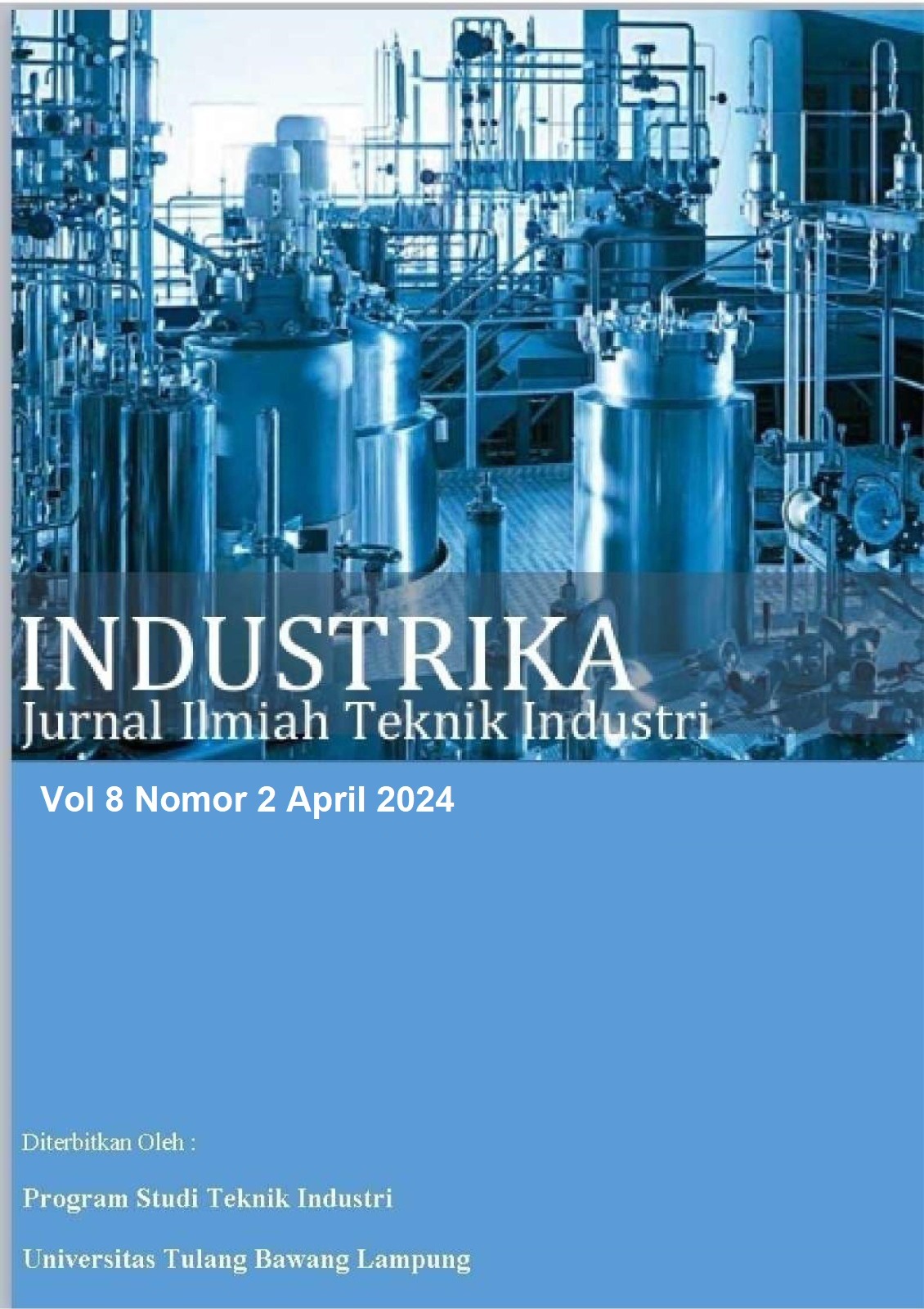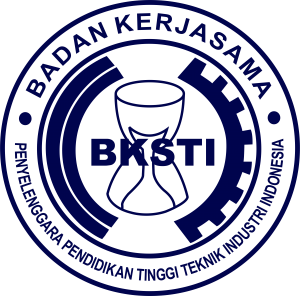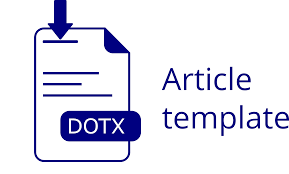Analisis Pengendalian Kualitas dengan Metode Six Sigma Pada Produksi Packaging PT. ABC
DOI:
https://doi.org/10.37090/indstrk.v8i2.1239Abstract
The development of industry in this current era is progressing rapidly, marked by increasing competition among companies. The method used is the Six Sigma method with the DMAIC approach (Define, Measure, Analyze, Improve, and Control). With this method, data obtained includes a total number of both good and defective products, which are then classified into several predefined defect categories by the company. Based on the data analysis results from July 2022 to December 2022, PT ABC identified four types of defects in packaging products. These defects include sticking with a defect percentage of 54%, cracking at 27%, coloring at 18%, and scratching at 2%. Improvement efforts can be made through training, guidance, and supervision of operators to enhance product quality. Additionally, strict supervision of raw materials in packaging production is necessary to ensure their quality is maintained. Furthermore, the machine setting process also requires supervision and guidance, with the implementation of clear Standard Operating Procedures (SOP) for each product. Keywords: DMAIC, Quality Control, Six SigmaDownloads
References
Ahmad, F. (2019). Six Sigma Dmaic Sebagai Metode Pengendalian Kualitas Produk Kursi Pada Ukm. Jisi Um, 6(1), 7. https://jurnal.umj.ac.id/index.php/jisi/article/view/4061
Banjarnahor, A. C., & Puspitasari, N. B. (2023). PENGENDALIAN KUALITAS MENGGUNAKAN METODE STATISTICAL PROCESSCONTROLPADA PRODUK CRUDE PALM OIL (Studi Kasus PTXYZ). Industrial Engineering Online Journal, 12(1), 1–9.
Dewi, A. M., & Puspitasari, N. B. (2019). Analisis Pengendalian Kualitas Menggunakan Metode Six Sigma pada Produk AMDK 240 ml PT. Tirta Investama Klaten. Industrial Engineering Online Journal, 7(4), 1–6.
Gasperz, V. (2005). Total Quality Management (1st Ed.) (Jakarta). Pt Gramedia Pustaka Utama.
Gasperz, V. (2007). Lean Six Sigma For Manufacturing And Service Industries. Gramedia Pustaka Utama.
Kaliongga, C. L., Fadjryani, F., & Wulansari, E. R. (2020). Pengendalian Kualitas Produksi Jalangkote (Studi Kasus: Produksi Jalangkote Berkah di Jalan Kartini, Kel. Lolu Selatan, Kec. Palu Timur, Kota Palu, Sulawesi Tengah). Kompartemen: Jurnal Ilmiah Akuntansi, 18(1), 39–50. https://doi.org/10.30595/kompartemen.v18i1.7314
Kemit, N., Suamba, I. K., & Yudhari, I. D. A. S. (2016). Pengendalian Mutu Kopi Luwak pada Perusahaan CV Sari Alam Pegunungan di Kabupaten Bangli. E-Jurnal Agribisnis Dan Agrowisata, 5(3), 509–516. https://ojs.unud.ac.id/index.php/JAA
Kotler, P. (2009). Manajemen Pemasaran. Erlangga.
Nopitasari, D., Yani, A., & Isnaniati, S. (2023). Analisis Quality Control Dan Resiko Kerusakan Terhadap Biaya Kualitas Pada Pt. Sukses Mitra Sejahtera. 8(3), 9–26.
Prihastono, E., & Amirudin, H. (2017). Pengendalian Kualitas Sewing Di Pt. Bina Busana Internusa Iii Semarang. Dinamika Teknik, 1–15.
Sarbullah, S., & Sutrisno, S. (2021). ANALISIS PENGENDALIAN KUALITAS PRODUK GARMEN DENGAN METODE SIX SIGMA PADA BAGIAN SEWING PT. RODEO PRIMA JAYA. 2, 279–308.
Sirine, H., Kurniawati, E. P., Pengajar, S., Ekonomika, F., Bisnis, D., & Salatiga, U. (2017). PENGENDALIAN KUALITAS MENGGUNAKAN METODE SIX SIGMA (Studi Kasus pada PT Diras Concept Sukoharjo). AJIE-Asian Journal of Innovation and Entrepreneurship, 02(03), 2477–3824. https://www.dirasfurniture.com
Tjiptono, F. (2008). Strategi Pemasaran (Iii Ed.). Cv. Andy Offset.
Utami, S., & Djamal, A. H. (2018). Implementasi Pengendalian Kualitas Produk XX Kaplet Pada Proses Pengemasan Primer Dengan Penerapan Konsep PDCA. Jisi : Jurnal Integrasi Sistem Industri, 5(2), 101–110.
Waruwu, A., Tampubolon, V. R., Pratama, M. A., & Putri, D. (2022). Pengendalian Kualitas Metode Six Sigma Untuk Mengurangi Tingkat Kerusakan Produk Kalender Di PT. KLM. IMTechno: Journal of Industrial Management and Technology, 3(2), 82–90. https://doi.org/10.31294/imtechno.v3i2.1186
Downloads
Published
Issue
Section
License

This work is licensed under a Creative Commons Attribution-ShareAlike 4.0 International License.









